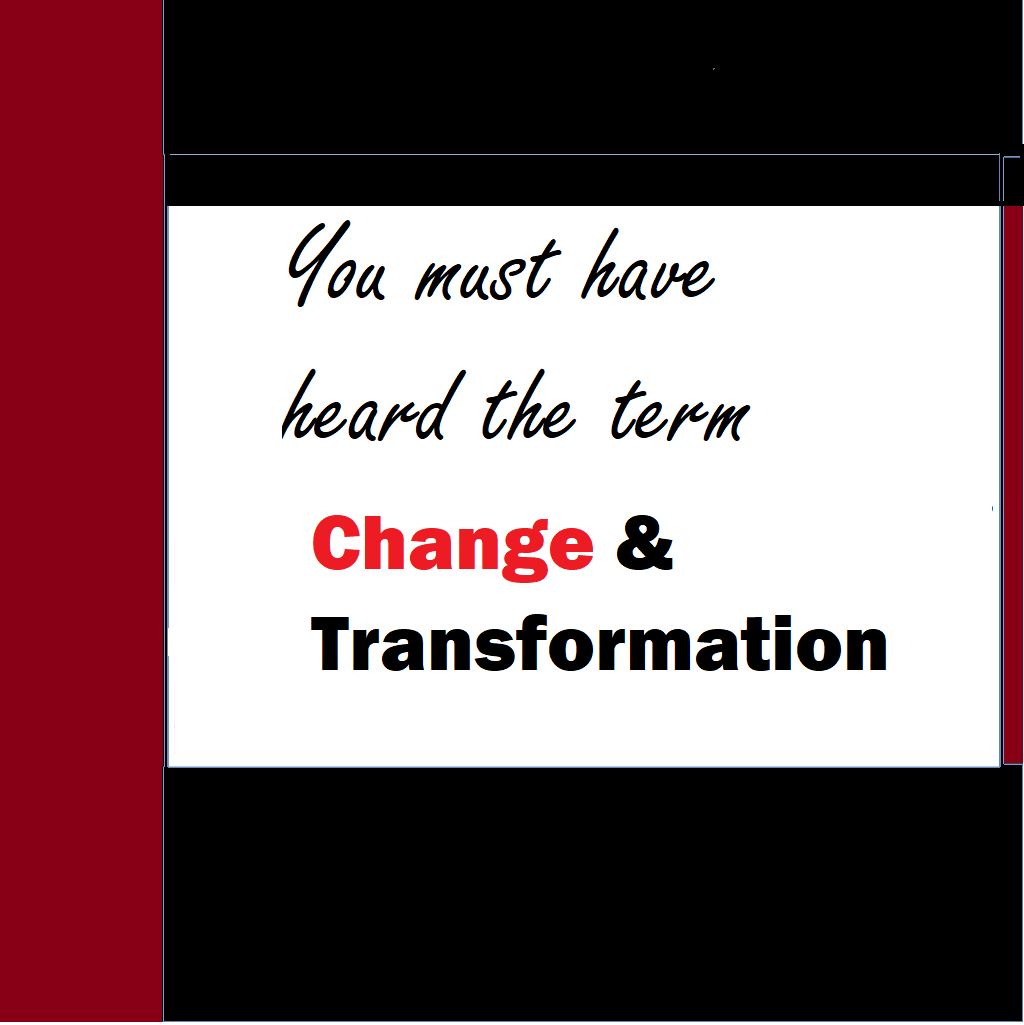Human Resource Management (HRM) is a fundamental component of any organization, playing a critical role in managing the most valuable asset a company possesses: its people. HRM encompasses a wide array of activities designed to ensure that a company’s human capital effectively contributes to the achievement of organizational goals. From recruitment and selection to training and development, performance management, and employee relations, HRM is pivotal in fostering a productive, motivated, and engaged workforce.
In today’s rapidly changing business environment, the importance of HRM cannot be overstated. Companies are increasingly recognizing that their competitive edge lies in their ability to attract, retain, and develop talent. Effective HRM practices not only enhance employee satisfaction and productivity but also drive business success by aligning human resources with the organization’s strategic objectives.
To illustrate the practical application of HRM, consider a mid-sized technology firm, Tech Innovators Inc. This company has been growing rapidly, thanks to its innovative products and services. However, with growth comes challenges, particularly in managing a diverse and expanding workforce. The HRM team at Tech Innovators Inc. is tasked with ensuring that the company attracts top talent, retains high performers, and fosters a positive organizational culture. Throughout this article, we will explore various aspects of HRM through the lens of Tech Innovators Inc., highlighting real-world examples and best practices.
What is HRM?
Human Resource Management (HRM) refers to the strategic approach to the effective management of people in an organization so that they help the business gain a competitive advantage. It is designed to maximize employee performance in service of an employer’s strategic objectives. HRM is primarily concerned with how people are managed within organizations, focusing on policies and systems.
Key Functions of HRM
- Recruitment and Selection: Recruitment and selection involve attracting, screening, and selecting qualified individuals for a job. It is one of the most critical functions of HRM as it ensures that the organization has the right people in the right roles.Example: At Tech Innovators Inc., the HR team utilizes a mix of online job portals, campus recruitments, and employee referrals to attract candidates. They have a rigorous interview process that includes technical assessments, cultural fit evaluations, and skill-based tests to ensure they select the best candidates.
- Training and Development: Once employees are hired, HRM is responsible for providing training and development opportunities to help them grow within the organization. This includes orientation programs for new hires, ongoing training sessions, professional development courses, and leadership training.Example: Tech Innovators Inc. offers a comprehensive onboarding program for new employees, which includes orientation sessions, mentorship programs, and access to an online learning portal. They also provide regular training workshops on the latest technologies and industry trends to ensure their employees remain at the forefront of innovation.
- Performance Management: Performance management is the process of ensuring that employees’ activities and outputs align with the organization’s goals. This includes setting performance expectations, monitoring progress, providing feedback, and conducting performance appraisals.Example: At Tech Innovators Inc., the HR team has implemented a robust performance management system that includes quarterly performance reviews, continuous feedback loops, and clear goal-setting processes. This system helps employees understand their roles and responsibilities and provides a framework for their professional growth

- Compensation and Benefits: Compensation and benefits are crucial aspects of HRM that involve designing and managing salary structures, bonuses, incentives, health benefits, retirement plans, and other perks to attract and retain employees. Example: Tech Innovators Inc. offers competitive salaries, performance-based bonuses, comprehensive health insurance, and retirement savings plans. Additionally, they provide unique perks such as flexible work hours, remote work options, and wellness programs to enhance employee satisfaction and work-life balance.
- Employee Relations: Maintaining positive employee relations is essential for creating a harmonious workplace. HRM involves addressing employee grievances, fostering open communication, and promoting a positive organizational culture. Example: Tech Innovators Inc. has established an open-door policy, encouraging employees to voice their concerns and suggestions. They also conduct regular employee satisfaction surveys and organize team-building activities to strengthen relationships and enhance workplace morale.
- Compliance with Labor Laws: HRM ensures that the organization complies with all relevant labor laws and regulations, including those related to employment contracts, workplace safety, discrimination, and harassment. Example: The HR team at Tech Innovators Inc. stays updated with the latest labor laws and conducts regular audits to ensure compliance. They also provide training sessions on workplace safety and anti-discrimination policies to create a safe and inclusive work environment.
HRM as a field of study
Human Resource Management (HRM) as a field of study delves into the comprehensive and strategic management of an organization’s workforce. It encompasses the theories, principles, and practices involved in managing people effectively to achieve organizational goals. HRM studies focus on several core areas, including recruitment and selection, training and development, performance management, compensation and benefits, and employee relations. By understanding these areas, students and professionals can develop strategies to attract, retain, and motivate employees, ensuring they contribute effectively to the organization’s success.

One critical aspect of HRM as a field of study is its emphasis on aligning human resources with the strategic objectives of the organization. This involves understanding the broader business environment, organizational culture, and how HR policies can be designed to support overall business strategies. For instance, HRM professionals are trained to analyze workforce trends, anticipate future staffing needs, and implement programs that enhance employee skills and performance. This strategic approach ensures that the organization remains competitive and can adapt to changing market conditions.
HRM also explores the legal and ethical considerations involved in managing people. This includes understanding labor laws, regulations, and ethical practices that govern employment relationships. By studying these aspects, HRM professionals can ensure compliance with legal standards and promote fair treatment of employees, thereby fostering a positive and inclusive work environment.
Moreover, HRM as a field of study highlights the importance of organizational behavior and psychology in managing human resources. It examines how individual and group behavior impacts organizational performance and how HR practices can influence employee motivation, job satisfaction, and productivity. This knowledge enables HR professionals to design interventions that improve workplace dynamics and enhance overall organizational effectiveness.
The field of HRM is continuously evolving, driven by advancements in technology, globalization, and changing workforce demographics. Modern HRM studies incorporate the impact of digital tools and data analytics on HR practices. For example, HR analytics is a growing area that uses data to make informed decisions about hiring, performance management, and employee retention. Understanding these technological advancements allows HR professionals to leverage data-driven insights to improve HR processes and outcomes.
In a nut shell, HRM as a field of study equips individuals with the knowledge and skills necessary to manage an organization’s human resources effectively. It combines strategic thinking, legal and ethical considerations, organizational behavior insights, and technological advancements to prepare HR professionals for the complex and dynamic nature of today’s workplaces. By studying HRM, individuals can contribute to the creation of high-performing, inclusive, and adaptive organizations that can thrive in a competitive business environment.
Practical Application of HRM: A Realistic Scenario
To better understand the practical application of HRM, let’s consider a realistic scenario at Tech Innovators Inc.
Scenario: Managing Rapid Growth and Employee Retention
Tech Innovators Inc. has experienced rapid growth over the past two years, doubling its workforce from 200 to 400 employees. While this growth is a positive indicator of the company’s success, it has also led to challenges in managing and retaining talent. The HR team at Tech Innovators Inc. identified several key issues:

- High Turnover Rates: Despite the company’s growth, the turnover rate has increased, particularly among mid-level employees. Exit interviews revealed that employees were leaving due to lack of career progression opportunities and feeling undervalued.
- Inconsistent Performance Management: Managers were using different criteria and methods for performance appraisals, leading to inconsistencies and perceptions of unfairness among employees.
- Need for Enhanced Training Programs: With new technologies and processes being introduced, employees expressed a need for more comprehensive training and development programs to keep their skills up-to-date.
To address these issues, the HR team at Tech Innovators Inc. implemented several initiatives:
1. Career Development Programs: The HR team introduced career development programs that included clear career paths, mentorship opportunities, and regular career development workshops. They also implemented a job rotation program, allowing employees to gain experience in different departments and roles.
2. Standardized Performance Management System: The HR team developed a standardized performance management system that included clear performance metrics, regular feedback sessions, and training for managers on conducting fair and effective appraisals. This system ensured consistency and transparency in performance evaluations.
3. Comprehensive Training and Development: The HR team expanded the company’s training and development programs to include more frequent and diverse training sessions. They partnered with online learning platforms to offer courses on new technologies, leadership skills, and other relevant topics. Additionally, they encouraged employees to pursue certifications and provided financial support for further education.
4. Employee Recognition Programs: To address the issue of employees feeling undervalued, the HR team introduced employee recognition programs. These programs included monthly awards for outstanding performance, peer recognition initiatives, and public acknowledgment of achievements in company meetings.
5. Enhanced Communication and Engagement: The HR team implemented regular town hall meetings where the CEO and senior leaders addressed the entire workforce, providing updates on company performance, future plans, and recognizing employee contributions. They also launched an internal communication platform to facilitate open and transparent communication across all levels of the organization.

As a result of these initiatives, Tech Innovators Inc. saw a significant improvement in employee retention, engagement, and overall satisfaction. The turnover rate decreased, performance evaluations became more consistent and fair, and employees felt more valued and supported in their career development.
Summary
Human Resource Management (HRM) is an essential function that plays a crucial role in the success of any organization. By effectively managing recruitment, training, performance, compensation, employee relations, and compliance, HRM ensures that an organization’s human capital contributes positively to its strategic objectives.
The example of Tech Innovators Inc. highlights the practical application of HRM in addressing real-world challenges and enhancing organizational performance. By implementing targeted HRM initiatives, companies can create a positive work environment, foster employee growth, and achieve long-term success.
We can say, HRM is not just about managing people; it’s about creating an environment where employees can thrive and contribute to the organization’s success. As businesses continue to evolve in response to changing market dynamics, the role of HRM will become increasingly important in shaping the future of work and driving organizational excellence
Excellent reads





MetaMask Download is quick and secure. The wallet provides great security features, ensuring funds are safe at all times.
As a Newbie, I am always searching online for articles that can benefit me. Thank you
Super-Duper site! I am loving it!! Will be back later to read some more. I am taking your feeds also.
I had issues trying to download Metamask, explained everything in an easy way. Their guide is very detailed and useful.
Not still check out videos on our YouTube Channel – This has videos for both content plagiarism as well as YouTube theft
https://youtu.be/nX6kmI-_COY
https://youtu.be/j1tjqu1abvE
Thank you for stopping by! I appreciate your kind words. Keep in touch with us on social media –
Website: https://www.learnxyz.in
Facebook: https://www.facebook.com/groups/530719219330002
YouTube: https://www.youtube.com/@LearnXYZ-In
Page: https://www.facebook.com/people/Learnxyzin/61572213195329/
Twitter/X: https://x.com/LearnxyzIn
Spotify: https://open.spotify.com/show/6sjYYVRjgsmpflhpwCm1Qb?si=KpV3gxStQCeUcTeveRHNxQ
We are glad that we have been of value to you. We use affiliates on our webpages, if you prefer, please consider purchasing from the in-page links and advertisements. This will help us support the team and this website. Thanks! Good Day & Visit Again!
Managing crypto assets requires a reliable wallet, and the Metamask extension is one of the best.
Before installing the Metamask extension, I was worried about scams, but https://metaduck.org/ made everything clear and secure. I appreciate their well-written guides that ensure a safe setup process. Highly recommended for everyone!
I wasn’t sure how to install Metamask on Chrome, The site is very informative, making it easy to follow even for beginners like me.
Thank you for stopping by! I appreciate your kind words. Keep in touch with us on social media –
Website: https://www.learnxyz.in
Facebook: https://www.facebook.com/groups/530719219330002
YouTube: https://www.youtube.com/@LearnXYZ-In
Page: https://www.facebook.com/people/Learnxyzin/61572213195329/
Twitter/X: https://x.com/LearnxyzIn
Spotify: https://open.spotify.com/show/6sjYYVRjgsmpflhpwCm1Qb?si=KpV3gxStQCeUcTeveRHNxQ
We are glad that we have been of value to you. We use affiliates on our webpages, if you prefer, please consider purchasing from the in-page links and advertisements. This will help us support the team and this website. Thanks! Good Day & Visit Again!
I’ve been using MetaMask on Opera and Safari, and it’s fantastic! The login process is smooth, and the wallet integration is top-notch.
Spending time here means the world to us. Thank you for your support!
Thank you!
A heartfelt thank-you for engaging our blog. Your interest keeps us striving for betterment every day.
Thanks a ton for this insightful article!
Thanks for the inspiration, this was amazing!